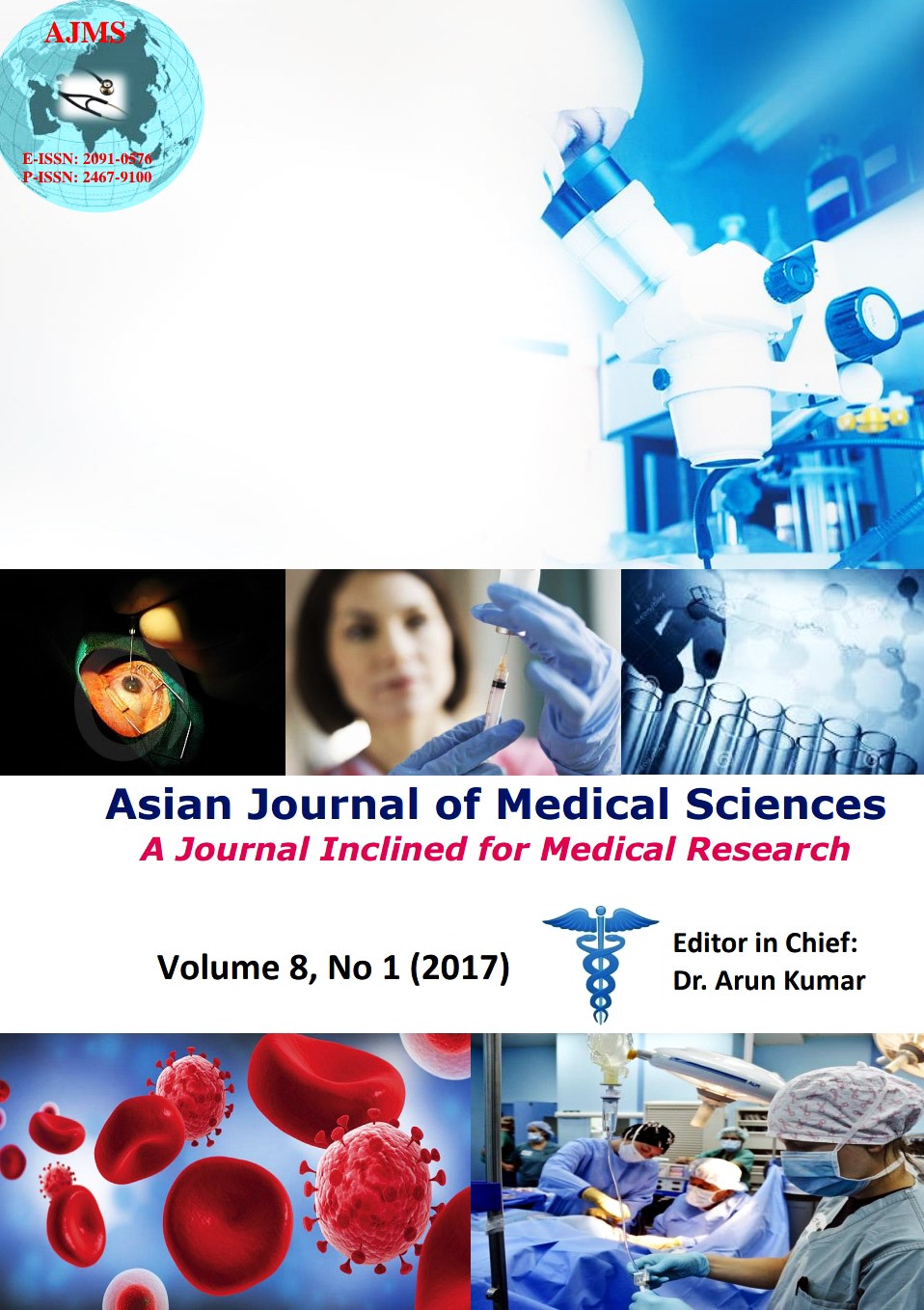Clinical and endoscopic evaluation of dyspeptic patients attending a tertiary care hospital in South India: A prospective study
Keywords:
Dyspepsia, Helicobacter pylori, Gastroesophageal reflux diseaseAbstract
Background: The incidence of dyspepsia has been increasing all over the world; with some having an organic cause while others have functional dyspepsia. Helicobacter pylori infection is also contributory factor. These dyspeptic patients also show a wide spectrum of symptoms.
Aims and Objective: The aim of this study was to clinically and endoscopically evaluate the patients with dyspepsia; and also to assess the prevalence of Helicobacter pylori.
Materials and Methods: A prospective study was conducted on 100 dyspeptic patients who were advised an upper gastrointestinal endoscopy based on clinical grounds atPondicherry Institute of Medical Sciences, Pondicherry, India.
Results: Of the 100 dyspeptic patients evaluated inthis study, the mean age was 42 years, with 54% belonging to 20 to 40 years, 35% to 41 to 60 years and 11% above 60 years age groups. 61% were males and 39% females. They belonged to various occupation groups with majority leading a retired life or as homemakers (36%), followed by those with white collar jobs or as students (29%), unskilled workers (26%) and skilled workers (9%). Majority of these patients were non vegetarians (83%). Smokers and alcoholics comprised of 38% and 43% of the subjects respectively; and 31% had history of NSAID consumption. Epigastric pain and epigastric burning sensation were the main complaints among dyspeptic patients. Heartburn was more common among smokers and alcoholics; and epigastric pain among NSAID users. The main endoscopic abnormalities were erythematous and erosive gastritis (42% and 21% respectively), followed by duodenal ulcer (18%) and erosive duodenitis (15%). Duodenal ulcers were more common among males (89%). Duodenitis (89%) and duodenal ulcers (67%) were mainly seen in alcoholics. 18% of our study patients had a normal endoscopic finding. Helicobacterpylori was present in 35% of the subjects. Epigastric pain and epigastric burning sensation were the main symptoms among these patients; with erythematous gastritis being the main endoscopic finding.
Conclusion: Dyspepsia was more common among younger age groups. Epigastric pain and epigastric burning sensation were the most common symptoms. Erythematous gastritis followed by erosive gastritis was the common endoscopic abnormality. Some patients also had normal findings on endoscopy. Helicobacter pylori was present in a significant number of patients.
Asian Journal of Medical Sciences Vol.8(1) 2017 58-63
Downloads
Downloads
Additional Files
Published
How to Cite
Issue
Section
License
Authors who publish with this journal agree to the following terms:
- The journal holds copyright and publishes the work under a Creative Commons CC-BY-NC license that permits use, distribution and reprduction in any medium, provided the original work is properly cited and is not used for commercial purposes. The journal should be recognised as the original publisher of this work.
- Authors are able to enter into separate, additional contractual arrangements for the non-exclusive distribution of the journal's published version of the work (e.g., post it to an institutional repository or publish it in a book), with an acknowledgement of its initial publication in this journal.
- Authors are permitted and encouraged to post their work online (e.g., in institutional repositories or on their website) prior to and during the submission process, as it can lead to productive exchanges, as well as earlier and greater citation of published work (See The Effect of Open Access).




